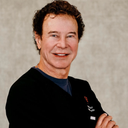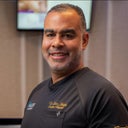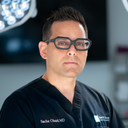Hi, You are in a great profession! I agree, you should be back to work in a few days - less down time means less lost income. Maybe search for a PS who uses the quick recovery techniques.







